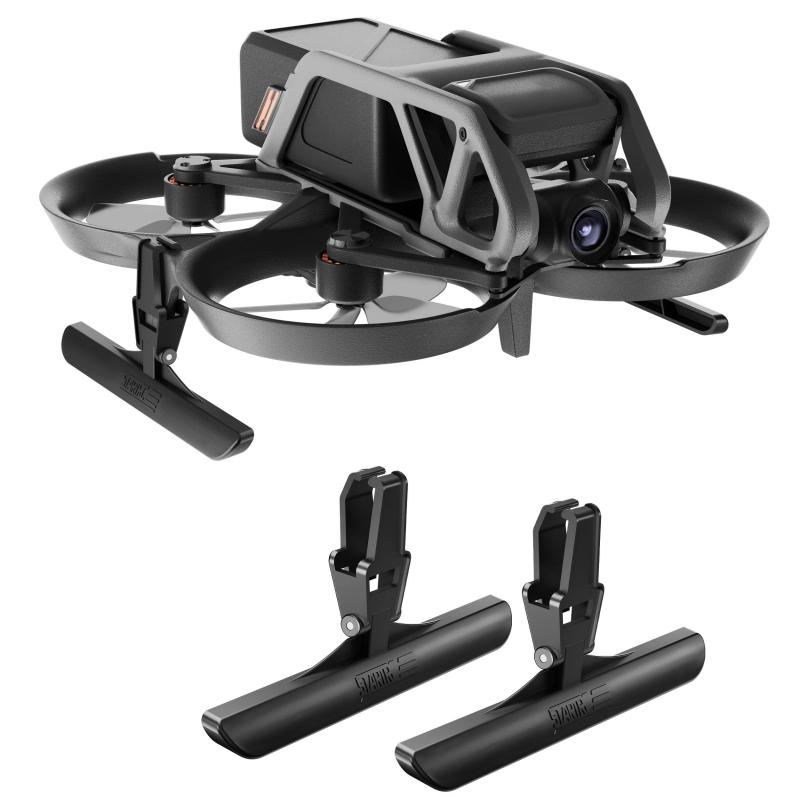Drones That Can Carry Things?
Drones, also known as unmanned aerial vehicles (UAVs), have evolved significantly over the past decade. Initially used primarily for military and recreational purposes, drones are now being employed in a variety of industries for tasks ranging from aerial photography to agricultural monitoring. One of the most exciting and rapidly developing applications of drone technology is their ability to carry and transport goods. This capability has the potential to revolutionize logistics, delivery services, and even emergency response. In this article, we will explore the various aspects of drones that can carry things, including their applications, benefits, challenges, and future prospects.
Applications of Cargo-Carrying Drones

1. Delivery Services
One of the most well-known applications of cargo-carrying drones is in the delivery sector. Companies like Amazon and UPS have been experimenting with drone delivery systems to transport packages directly to customers' doorsteps. This method promises faster delivery times, reduced traffic congestion, and lower carbon emissions compared to traditional delivery trucks.
2. Medical Supply Transport
In remote or hard-to-reach areas, drones can be a lifesaver by delivering medical supplies, vaccines, and even organs for transplant. For instance, Zipline, a drone delivery service, has been successfully delivering blood and medical supplies to remote clinics in Rwanda and Ghana, significantly reducing delivery times and saving lives.
3. Agriculture
Drones equipped with cargo-carrying capabilities can be used to transport seeds, fertilizers, and pesticides across large agricultural fields. This can help farmers manage their crops more efficiently and reduce the need for heavy machinery, which can be costly and environmentally damaging.
4. Disaster Relief
In the aftermath of natural disasters, drones can be used to deliver essential supplies such as food, water, and medical kits to affected areas. Their ability to navigate through difficult terrain and reach isolated communities makes them invaluable in emergency response efforts.
5. Industrial and Construction Sites
Drones can be used to transport tools, equipment, and materials across large industrial and construction sites. This can improve efficiency, reduce the risk of accidents, and lower labor costs.
Benefits of Cargo-Carrying Drones
1. Speed and Efficiency
Drones can significantly reduce delivery times by bypassing traffic and taking the most direct route to their destination. This is particularly beneficial in urban areas where traffic congestion can cause significant delays.
2. Cost-Effectiveness
While the initial investment in drone technology can be high, the long-term savings in labor, fuel, and maintenance costs can be substantial. Drones also require less infrastructure compared to traditional delivery methods, further reducing costs.
3. Environmental Impact
Drones are generally more environmentally friendly than traditional delivery vehicles. They produce fewer emissions and consume less energy, contributing to a reduction in the overall carbon footprint of delivery services.
4. Accessibility
Drones can reach areas that are difficult or impossible for traditional vehicles to access. This makes them ideal for delivering supplies to remote or disaster-stricken areas where infrastructure may be damaged or non-existent.
Challenges and Limitations
1. Regulatory Hurdles
One of the biggest challenges facing the widespread adoption of cargo-carrying drones is regulatory approval. Many countries have strict regulations governing the use of drones, particularly in urban areas. These regulations are designed to ensure safety and privacy but can also hinder the deployment of drone delivery services.
2. Technical Limitations
Current drone technology has limitations in terms of payload capacity, battery life, and range. Most commercial drones can only carry a few kilograms and have a limited flight time, which restricts their use for larger or longer-distance deliveries.
3. Safety Concerns
The risk of drones crashing or malfunctioning is a significant concern, particularly in populated areas. Ensuring the safety and reliability of drone delivery systems is crucial to gaining public trust and regulatory approval.
4. Privacy Issues
The use of drones for delivery raises privacy concerns, as they often need to fly over private property to reach their destination. Addressing these concerns through clear regulations and transparent practices is essential to gaining public acceptance.
Future Prospects
Despite the challenges, the future of cargo-carrying drones looks promising. Advances in technology are likely to address many of the current limitations, making drones more capable and reliable. Here are some potential developments to watch for:
1. Improved Battery Technology
Advancements in battery technology could significantly extend the flight time and range of drones, allowing them to carry heavier loads over longer distances. This would make them more viable for a wider range of delivery applications.
2. Autonomous Navigation
The development of more sophisticated autonomous navigation systems could enable drones to operate more safely and efficiently. This would reduce the need for human intervention and lower the risk of accidents.
3. Swarm Technology
The use of drone swarms, where multiple drones work together to carry larger loads or cover larger areas, could enhance the capabilities of cargo-carrying drones. This approach could be particularly useful in disaster relief and large-scale industrial applications.
4. Integration with Other Technologies
The integration of drones with other emerging technologies, such as artificial intelligence and the Internet of Things (IoT), could further enhance their capabilities. For example, AI could be used to optimize delivery routes, while IoT devices could provide real-time data on the condition of the cargo.
Drones that can carry things have the potential to transform a wide range of industries, from delivery services to disaster relief. While there are significant challenges to overcome, the benefits of speed, efficiency, cost-effectiveness, and environmental impact make them an attractive option for many applications. As technology continues to advance and regulatory frameworks evolve, we can expect to see an increasing number of cargo-carrying drones taking to the skies, delivering goods and services in ways that were once unimaginable. The future of logistics and delivery is airborne, and drones are leading the way.

There are no comments for this blog.